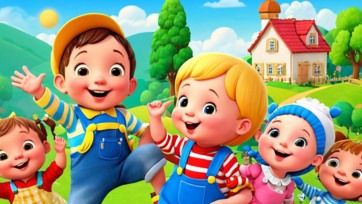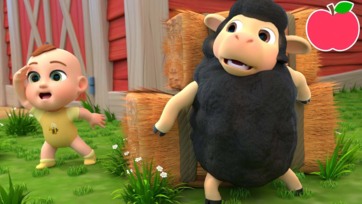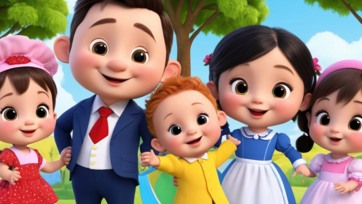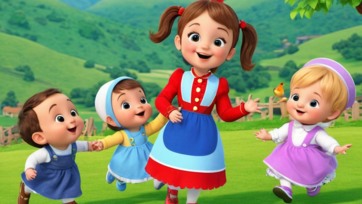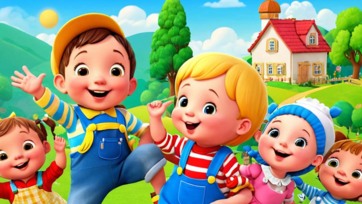The Story Behind "Humpty Dumpty"
"Humpty Dumpty" is one of the most iconic nursery rhymes, instantly recognizable by its simple lyrics and the image of a large egg-shaped figure sitting on a wall. Although often seen as a playful children's rhyme, its origins and meaning have intrigued historians and storytellers for centuries. The rhyme has become a beloved classic, teaching children about language, rhyme, and storytelling.
Origins and History
The origins of “Humpty Dumpty” date back to the 18th century, with the earliest known version of the rhyme appearing in 1797 in a book titled "Juvenile Amusements." However, it is believed that the rhyme existed long before it was formally recorded, passed down orally through generations.
The character of Humpty Dumpty is typically depicted as an egg, though the original rhyme makes no mention of this. The association with an egg likely came later, popularized by illustrations in books like Lewis Carroll's Through the Looking-Glass, where Humpty Dumpty appears as a talking egg character.
Many theories exist about the meaning behind the rhyme. One interpretation is that "Humpty Dumpty" was not originally an egg at all, but rather a reference to historical events. Some suggest that Humpty Dumpty was a powerful cannon used during the English Civil War. According to this theory, the cannon was placed on a wall and eventually destroyed, mirroring the fall of Humpty Dumpty in the rhyme. However, there is no definitive evidence to support this theory, and the true meaning remains a mystery.
The Rhyme and Its Educational Value
At its core, "Humpty Dumpty" is a simple rhyme that captures the attention of young children through its repetitive structure and memorable storyline. The rhyme goes:
Humpty Dumpty sat on a wall,
Humpty Dumpty had a great fall.
All the king's horses and all the king's men
Couldn't put Humpty together again.
The rhyme's brevity and repetition make it easy for children to memorize, helping with early language development. The use of rhyme and rhythm reinforces phonetic skills, while the story itself can spark discussions about cause and effect. Children learn that actions (such as sitting on a high wall) can have consequences, and not all problems can be easily fixed, even with the help of others.
Humpty Dumpty as a Cultural Icon
Humpty Dumpty has become a cultural icon, appearing in various forms of media, including books, television shows, films, and cartoons. One of the most famous appearances of Humpty Dumpty is in Lewis Carroll's Through the Looking-Glass, where he is portrayed as a somewhat pompous and philosophical character. In this version, Humpty Dumpty engages in wordplay and explores the meaning of language, giving the character more depth than the simple nursery rhyme suggests.
The character's iconic image—a large egg-shaped figure perched on a wall—has been widely reproduced in artwork and illustrations, becoming a visual symbol of the rhyme itself. Humpty Dumpty's image is often used in educational materials and storybooks for children, making the rhyme even more accessible to new generations.
Deeper Meanings and Interpretations
While "Humpty Dumpty" is often viewed as a lighthearted nursery rhyme, some interpretations suggest that it carries deeper meanings. The image of a figure falling and breaking beyond repair can symbolize the fragility of life and the inevitability of certain events. In this sense, "Humpty Dumpty" may serve as a metaphor for situations that cannot be undone, no matter how much help is given.
The rhyme has also been interpreted as a cautionary tale about pride or overconfidence. Humpty Dumpty’s decision to sit on a high wall could be seen as a symbol of arrogance, and his fall represents the consequences of this behavior. The idea that "all the king's horses and all the king's men" could not fix him suggests that some mistakes are irreversible, teaching children valuable lessons about caution and humility.
Conclusion
"Humpty Dumpty" is more than just a simple nursery rhyme; it is a timeless story that has captivated audiences for centuries. Whether viewed as a playful tale about a clumsy egg or a deeper metaphor for life's challenges, the rhyme continues to resonate with children and adults alike. Its educational value, cultural significance, and enduring popularity ensure that "Humpty Dumpty" will remain a beloved part of childhood for generations to come.

